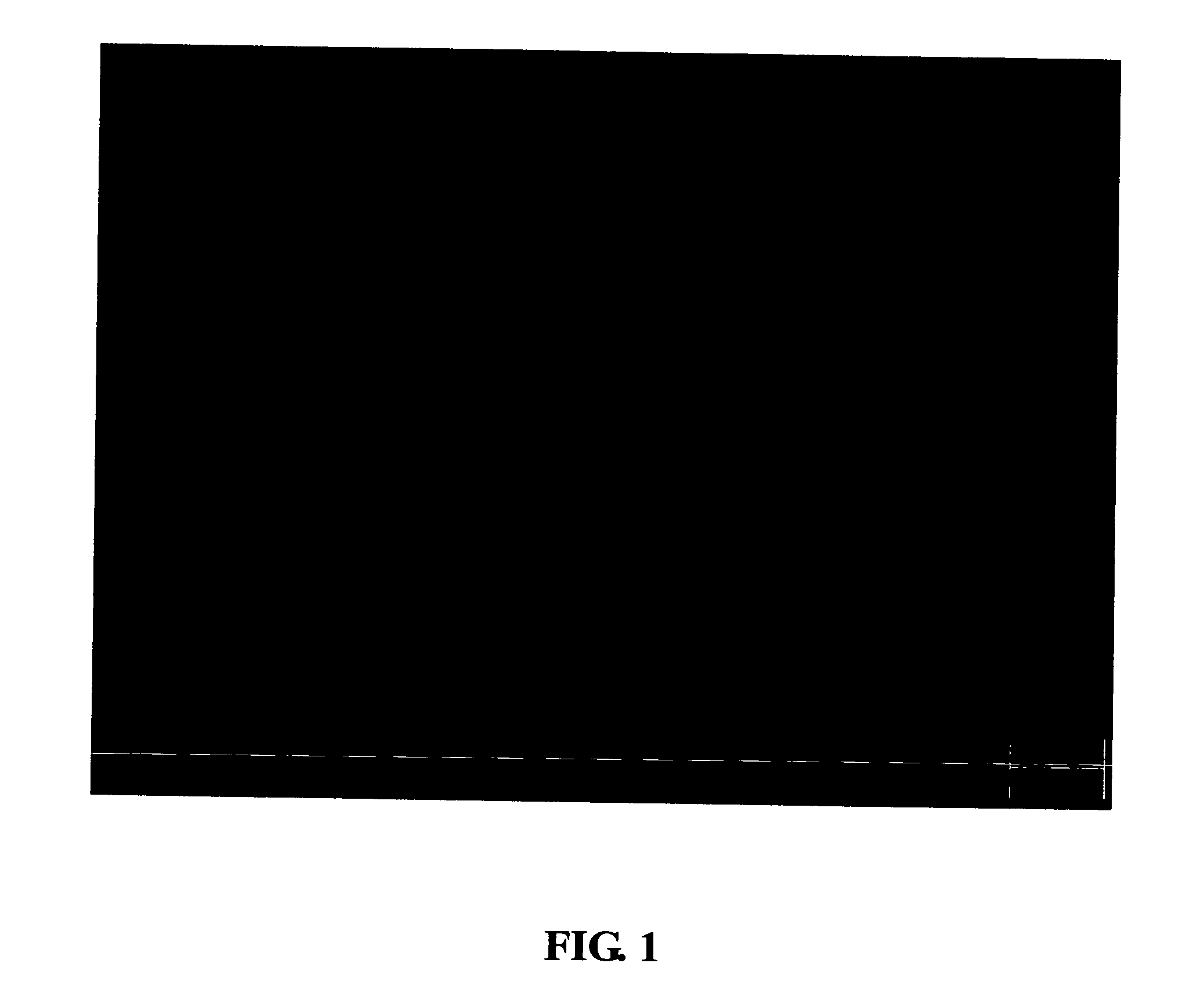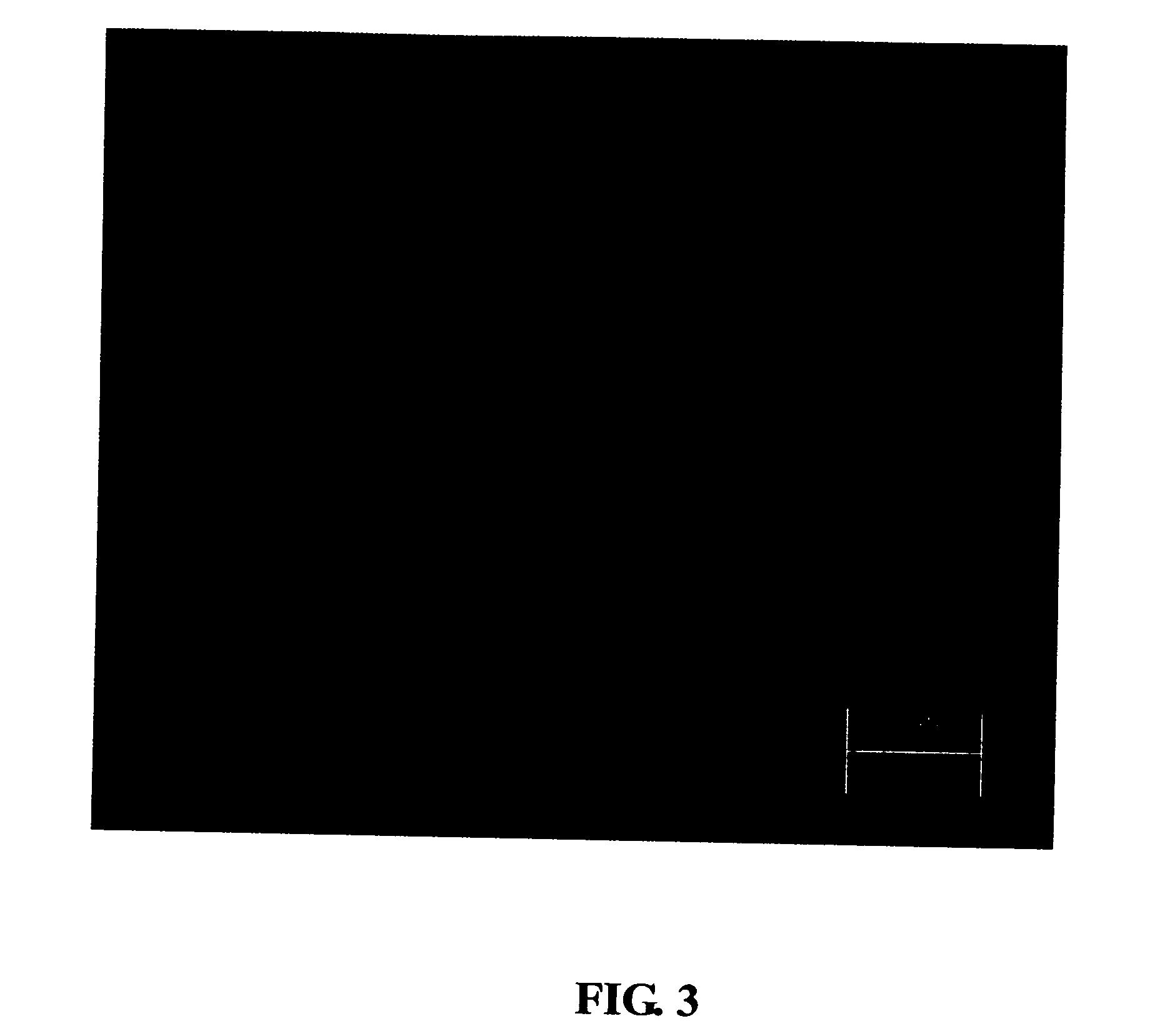Novel method of using inject printing for creating microarrays
a microarray and injection printing technology, applied in the field of inject printing for creating microarrays, can solve the problems of difficult to identify genuine positives and isolate them from neighboring negatives, time-consuming and laborious conventional approaches to drug discovery and development, and difficult to repeat the results of current antibody microarrays
- Summary
- Abstract
- Description
- Claims
- Application Information
AI Technical Summary
Benefits of technology
Problems solved by technology
Method used
Image
Examples
example 4
Shows Green Fluorescent Protein (GFP) Immobilized on a Microarrays (FIG. 7).
[0063] The protein only fluoresces when it is in its native state. More importantly, GFP was immobilized from a crude preparation expressed by bacterial cells without prepurification. This result demonstrates the exceptionally high stability of our immobilization chemistry.
example 5
Existing Methods for Manufacturing Micro-Arrays are Complex and Expensive
[0064] As a result, this inkjet printing for microarray is a simple and cost-effective high-throughput system and method for detecting the binding of chemical species is compatible with commercial scanners applications.
PUM
 Login to view more
Login to view more Abstract
Description
Claims
Application Information
 Login to view more
Login to view more - R&D Engineer
- R&D Manager
- IP Professional
- Industry Leading Data Capabilities
- Powerful AI technology
- Patent DNA Extraction
Browse by: Latest US Patents, China's latest patents, Technical Efficacy Thesaurus, Application Domain, Technology Topic.
© 2024 PatSnap. All rights reserved.Legal|Privacy policy|Modern Slavery Act Transparency Statement|Sitemap



